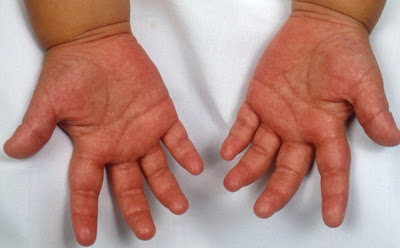It is known to all that skinny
jeans are not only meant for women. Many of the males in the society today, the
teenagers in particular, are becoming obsessed in wearing tight jeans since it
is in the current fashion trend. But little did they know that such type of
apparel bring some health hazards.
Just this morning, while browsing
online, I found this worth-sharing article featured in Yahoo.com regarding
skinny jeans. It was stated that according to medical experts, there is an increase
in injuries being caused by wearing of skinny or tight jeans.
For men, it is
said that this particular type of denim pants is causing testicular torsion – a
condition wherein the spermatic cord to a testicle is being twisted. Once the
testicle is twisted, it cuts off the blood supply resulting to pain, swelling,
and worse; gangrenes of testicle. Aside from affecting the testicle, men who
are fond of wearing skinny jeans could also experience a weak bladder, urinary
tract infections, and low sperm count.
 |
| image source: youngjunction.com |
Meanwhile, for women, wearing of skinny jeans could increase their chances to have a vaginal yeast infection.
Apart from the aforementioned
side effects of tight or fitted jeans, this particular style of pants is also
found to reduce blood circulation in legs and thighs, which then results to augmentation
of cellulite. It could also cause lateral femoral cutaneous nerve entrapment
that causes tingly sensation in the thighs. This condition happens when the wearer
habitually put cellphone in the front pocket. Digestion problem is another
side effect of high waisted skinny jeans and pressure on the urethra for low
rise skinny jeans.
Knowing all those negative
effects of constantly wearing skinny or fitted jeans, would you still put style
before your health?













